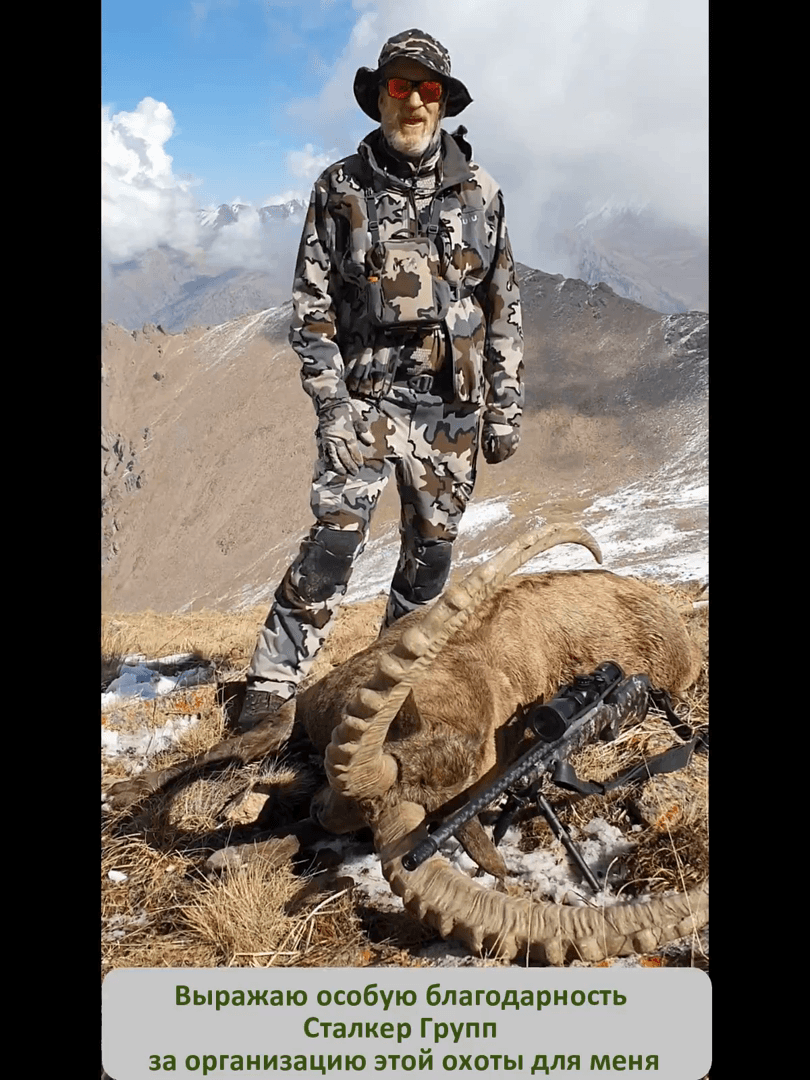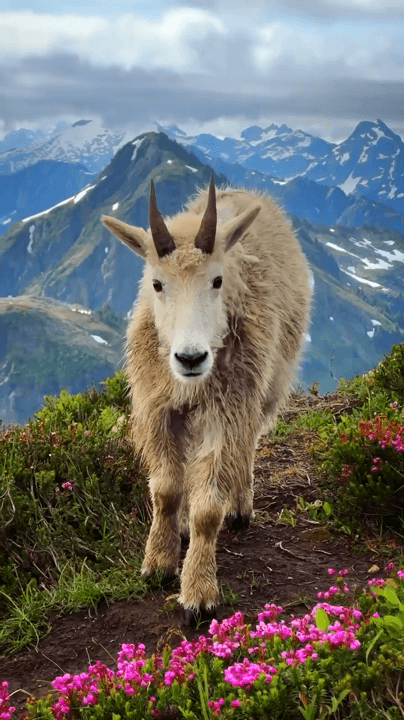
Hunting in Morocco & Shooting in Morocco: Ultimate Guide to Game, Seasons, and Regions Hunting in Morocco and shooting in Morocco offer more than just sport—they’re a gateway to discovering the soul of North Africa. Morocco is a rising star in the global hunting scene, offering a rare fusion of rugged terrain, rich biodiversity, and centuries-old traditions. From driven wild boar hunts in the Atlas Mountains to falconry in the Sahara fringes, the country delivers high-adrenaline experiences for serious hunters. This guide strips away fluff and dives deep into what matters: species, seasons, permits, and prime hunting zones. --- 🦌 Game Species in Morocco: What You Can Hunt Morocco’s varied ecosystems support a wide range of huntable game. Key species include: 🐗 Wild Boar (Sus scrofa) • Found across dense forests from the Rif to the Anti-Atlas. • Considered agricultural pests; hunting allowed year-round in many regions. • Driven hunts and spot-and-stalk methods are common. • Noct
Post: 21 October 11:18










































